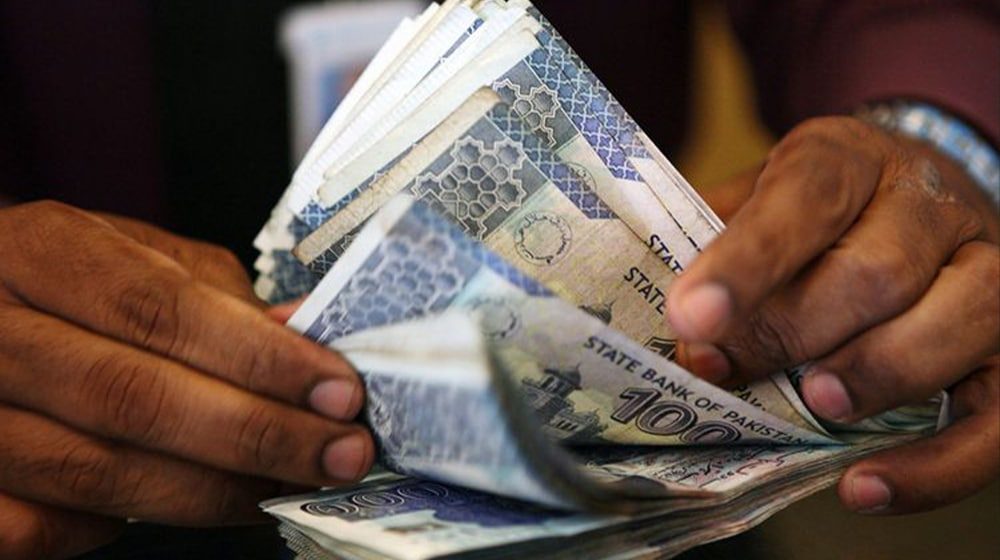Following floods that killed thousands and displaced millions in almost one-third of the country, the likeliness of Pakistan experiencing a cash crunch in the next 12 months has risen to more than 50 percent, reported Bloomberg.
The probability of a currency-crisis episode involving a very large devaluation of the nominal exchange rate and a massive decline in forex reserves could rise to around 59 percent by June 2023, up from 29 percent in August.
A currency crisis means a very large depreciation and extensive forex exchange depletion.
The Bloomberg report analyses a currency risk model analyzed by economist Ankur Shukla that was originally developed for Pakistan but will now be applied to other emerging markets.
For returning Finance Minister Ishaq Dar, a known backer of a stronger currency, the rupee will rise to its fair value of less than 200 per dollar. The country received a $1.17 billion loan from the International Monetary Fund (IMF) in late August to avoid a default, but the deadly flooding caused $30 billion in damages. The coalition government has made an urgent request to rich nations for more flexible debt restructuring to help reduce the pressure.
Shukla wrote in a note on Tuesday, “Crop damage and a host of other problems stemming from the disaster all but erase any progress toward stability that came with the IMF’s aid. Much of the progress toward stabilizing external balances has been undone by the floods”.
As the country’s finances deteriorated, the currency fell roughly 20 percent this year. Pakistan’s optimism has dimmed since receiving the IMF loan, with dollar bonds plunging to a record low.
The country, which has lost swaths of agricultural land and multiple crops, is expected to spend in excess of $3 billion on cotton as small factories close due to a shortage. The burden comes at a time when the country is restricting imports in order to curb the impact of balance of payment aftershocks.
Floods will increase the current account deficit due to higher food imports and a drop in exports, according to the report.



























